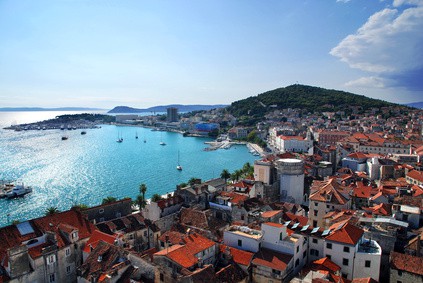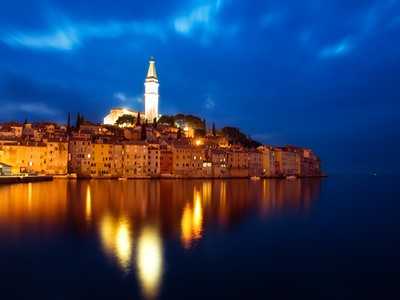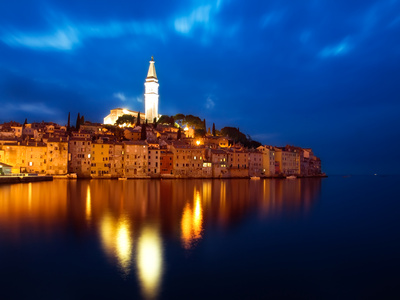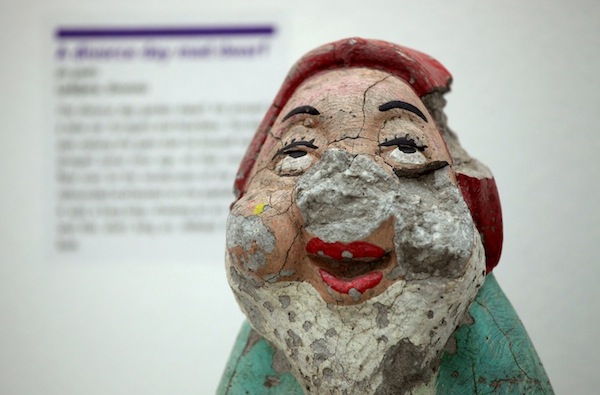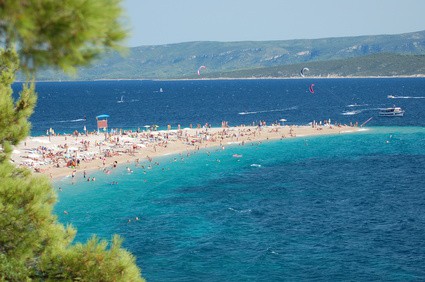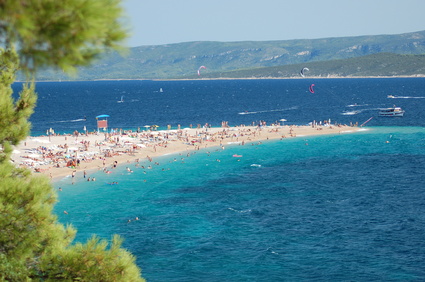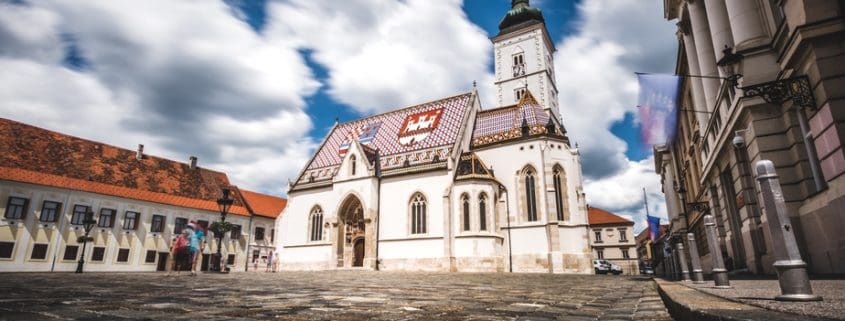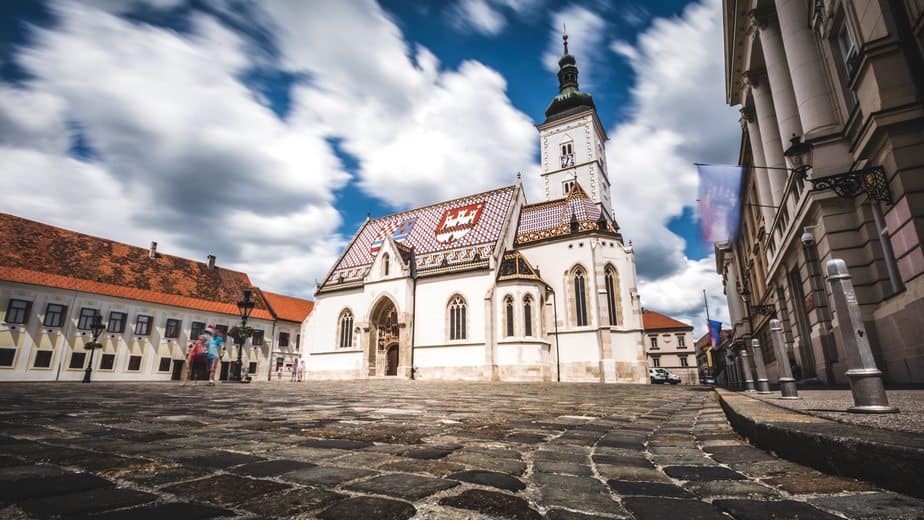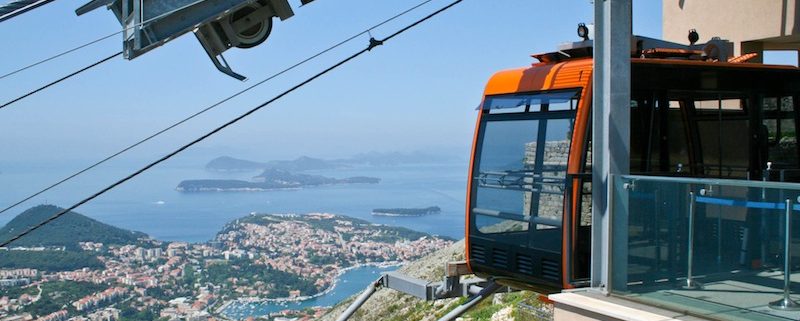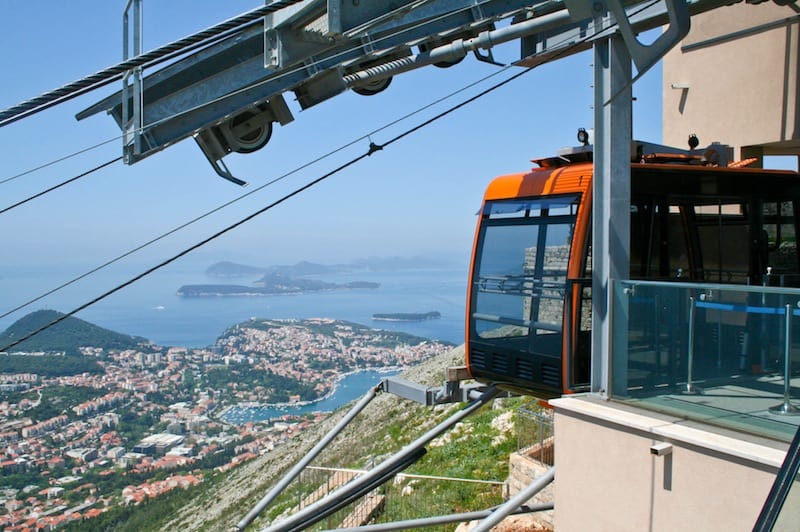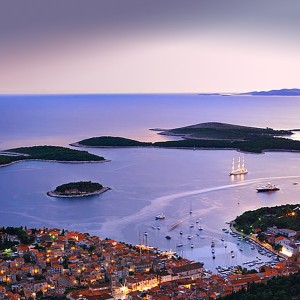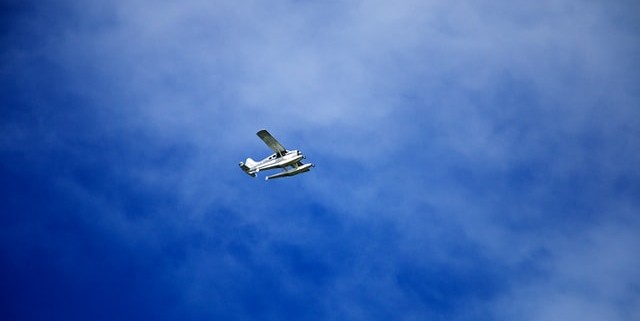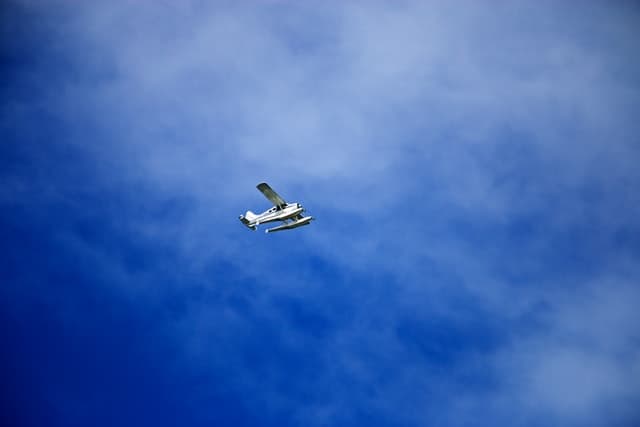Split a popular destination in July
Split is revelling in statistics that reveal very good visitor numbers for the month of July. With its great transport links by plane, train, bus and ferry, it’s no surprise that many travellers find themselves in the city – unfortunately for Split, however, many simply transit through on to other destinations. To this end, Split has worked hard to increase both visitor numbers and the amount of nights that vistors stay, and it these numbers show that it’s making steps in the right direction.
Statistics reveal that around 50,000 tourists came to Split during the month of July, staying for 155,000 nights in total. This is up 24% on the number of tourist arrivals from July last year, with the number of nights up by 16%. The number of tourist arrivals compared to the number of nights stayed points to the fact that the average stay is more than three days in length.
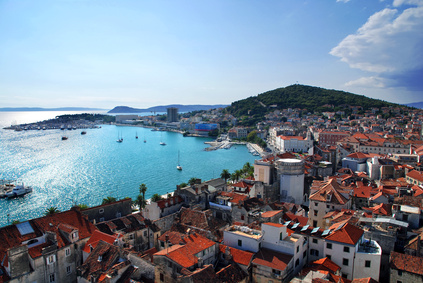
Split
The director of the Split Tourist Board, Vedran Matosic, reveals that these healthy tourist figures hark back to 1989, the heady (pre-war) days of very large tourist numbers that Croatia longs to return to. As a comparison to more recent years, in July 2009 Split received 29,534 tourists (who stayed for 103,499 nights) which was an increase of 30% to July in the previous year when 40,726 visited (staying for 133,825 nights).
Taking a look at 2011 overall so far, Split welcomed 138,000 visitors who stayed for 350,000 nights, which is up 23% on arrivals and up 10% on nights stayed on the same period in 2010. For both July itself and the whole of 2011, the most frequent visitors came from Germany, and the number of Italian visitors rose by 5% for July and by 10% for January to July.
The Tourist Board director explains that the reason some tourists increased the number of nights they decide to stay in Split may be down to the range of events held in the city this summer. In particular, he points out the large-scale Discotheque Riva club event that takes place this evening, Friday 12th July (featuring famed British electronica band Faithless), as well as the 4-day Days of Diocletian event (held 19th to 22nd August) – a throwback to Roman times.
Despite all this good news in Split regarding visitor numbers, that main problem the city is now facing is a lack of beds. A total of 7,658 beds – plus a further 1,230 places in campsites just outside the city – are quoted as the capacity for the city, although despite fewer beds this year than before, the number of nights has clearly gone up. An increase in private accommodation offerings is said to account for this.
The average price per night for private accommodation in Split is said to be 250 Kunas, which is about £30/€33/$48.
Source: Vjesnik

